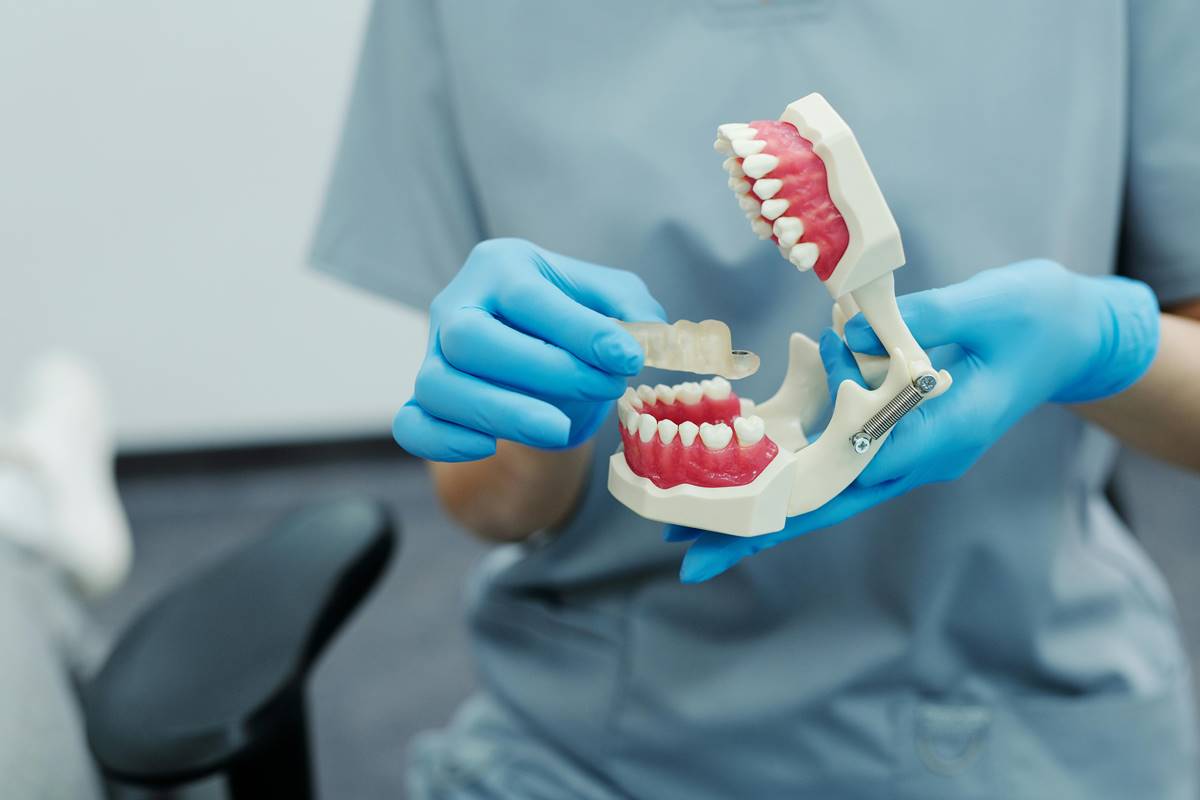Author Name: Dr. Sandra Thompson
When your child receives a dental filling, it isn’t just about fixing a cavity—it’s about protecting the tooth from future damage. A filling seals off the area where decay was removed, keeping out bacteria and preventing the cavity from getting worse. If a filling becomes loose or falls out, the tooth is once again exposed, which can lead to pain, infection, and even the need for more advanced treatment like crowns or extractions.
Beyond the discomfort, replacing a filling can be costly and time-consuming for families in Las Vegas. That’s why proper care after the procedure is so important. Parents should encourage their child to avoid chewing on hard foods right after the appointment, maintain gentle brushing and flossing around the treated tooth, and schedule regular checkups.
In Las Vegas’s dry desert climate, oral health requires even more attention. Low humidity can lead to dry mouth, reducing the protective effects of saliva. Since saliva helps wash away bacteria and neutralize acids, children who don’t drink enough water are at higher risk for cavities. By caring for fillings properly and staying hydrated, families can help ensure their child’s smile stays healthy and strong.
The first 24 hours after your child’s filling are the most important for making sure it stays in place. Once the dentist finishes the procedure, your child may still feel numbness in their lips, tongue, or cheeks. It’s best to wait until this numbness wears off before letting them eat—otherwise, they may accidentally bite their cheek or tongue without realizing it.
When it’s time for their first meal, keep food choices soft and gentle on the teeth. Options like yogurt, applesauce, or mashed potatoes are safe and comfortable. Avoid crunchy snacks, sticky candies, or chewing on hard foods during this period, as they can put unnecessary pressure on the new filling.
Parents should also steer clear of hot drinks for the first day, since heat can cause temporary sensitivity and may weaken the bonding of the filling. If your child feels any mild soreness, you can give them a child-friendly pain reliever—but always follow the dosage and recommendations provided by your dentist.

Once your child has adjusted to their new filling, daily oral care becomes the key to keeping it secure and long-lasting. Brushing twice a day with a soft-bristled toothbrush is the safest way to clean without putting too much pressure on the treated tooth. Encourage gentle strokes rather than hard scrubbing, which can irritate the gums and wear down enamel.
Flossing is just as important, especially around the filled tooth. Teach your child to slide the floss carefully between teeth and avoid pulling or snapping it out. This helps remove food particles and plaque without tugging at the filling.
Using a fluoride toothpaste adds an extra layer of protection by strengthening enamel and reducing the risk of new cavities forming near the filling. For children who may need additional support, a kid-safe mouthwash can also be helpful—but only use it if your dentist recommends it.
Families in Las Vegas should keep in mind that the city’s dry climate can contribute to dry mouth, which increases the chance of decay. Regular brushing, flossing, and staying hydrated with water are the best ways to ensure your child’s filling—and their overall oral health—stay in great condition.
Even with strong fillings, certain habits can shorten their lifespan or cause them to loosen. One of the biggest culprits is chewing on hard objects such as ice, pens, or hard candies. These put unnecessary pressure on the filling and can cause cracks or chips.
It’s also important to help children break habits like nail-biting or teeth-grinding. These repetitive actions wear down both natural teeth and fillings. If your child grinds their teeth at night, talk to your dentist about a custom night guard to provide protection while they sleep.
Sticky treats like caramel, taffy, or chewy candies should also be limited. These foods can pull at the filling every time your child chews, increasing the risk of it loosening or coming out entirely.
By avoiding these damaging habits, families in Las Vegas can give their child’s filling the best chance of lasting for years, while also protecting their overall oral health.
Catching a problem early can save your child from discomfort—and prevent a bigger repair later.
What to do next: Have your child stop chewing on that side, keep the area clean with gentle brushing and flossing, and avoid sticky or hard foods. In Las Vegas’s dry climate, encourage frequent sips of water to help keep the mouth lubricated and comfortable.
Call a Las Vegas pediatric dentist immediately if any of these signs appear—especially if there’s persistent pain, swelling, or the filling falls out. Prompt care can re-seal the tooth, protect against decay, and keep your child comfortable.
Consistent professional monitoring is the best way to keep your child’s fillings strong and their smile healthy. Twice-yearly (every six months) checkups allow the dentist to evaluate the bite, ensure the filling is sealing properly, and polish away plaque that home care can miss.
Routine X-rays (as recommended for your child’s age and risk level) can reveal early problems you can’t see—like tiny gaps, hidden decay around the edges of a filling, or cracks caused by grinding—so they can be fixed before they turn into bigger issues.
Regular visits also give you a chance to review habits, fluoride use, and hydration—especially important in Las Vegas’s dry climate—to reduce future cavity risk.
This article was medically reviewed by Dr. Sandra Thompson, a pediatric dentist at Desert Kids Dental. She holds degrees from UC Berkeley and UNLV, completed residency at Cincinnati Children’s Hospital, and is board-certified in pediatric dentistry.